Many electric vehicle owners and enthusiasts dream of charging their cars wirelessly. American engineers have managed to wirelessly deliver 270 kW to vehicles.
The Oak Ridge National Laboratory (ORNL) has successfully charged a Porsche Taycan sedan with a record power output. This achievement came just three months after the lab announced a then-record wireless charging capability of 100 kW for the Hyundai Kona crossover.
Even the most powerful DC fast chargers at 350 kW can only provide approximately 230-250 kW to vehicles like the Taycan and Hyundai Ioniq 5. This level of power can replenish 10-80% of the battery charge in under 20 minutes. According to ORNL, their wireless system can increase battery charge by 50% in about 10 minutes.
The Oak Ridge system combines a magnetic resonance transmitter with a receiver installed underneath the vehicle. The secret of the system lies in the multi-phase windings—lightweight electromagnetic coils positioned on the transmitter to create a rotating magnetic field, which eliminate current pulsations and field damping.
“You have a constant energy transfer, rather than pulsations across an air gap, which results in a significant improvement in the spatial-temporal utilization of the magnetic field,” says Omer Onar, head of the power electronics research group at ORNL.
According to the developer, the system can achieve eight to ten times the power density of similar single-phase wireless chargers, with an efficiency exceeding 95%.
The system is compact on both the transmission and reception sides. The powerful 270 kW receiver fits into the space that Porsche allocated for a potential 11 kW wireless charger in future versions of the Taycan. The electromagnetic coils in the receiver have a diameter of less than 50 cm. ORNL claims that their system is the world's lightest wireless charger based on kilowatt output, achieving 7.5 kW/kg compared to 1.9 kW/kg for Brusa’s wireless system, which only provides 22 kW of power.
The company has outlined several advantages over wired systems. There’s no need to deal with bulky charging cables and plugs, which can be particularly burdensome for the elderly and those with disabilities. Without cables that can be damaged or stolen due to their copper wiring, as can happen at charging stations, the wireless system is easier to maintain. The liquid-cooled DC cables used at many charging stations require regular maintenance and component replacement. Additionally, cable systems can experience power drops when temperature limits are reached.
Oak Ridge does not require perfect vehicle alignment like other wireless systems. The car can be offset by more than 12 cm and still receive efficient charging. The system can even utilize the vehicle's cameras and built-in guidance to align itself.
Wireless systems would be ideal for future generations of robotaxis, which will operate without human drivers. Small fleets of such robotaxis are already in operation in China, the USA, and Europe. Currently, many drivers of electric taxis and delivery services are prohibited from refueling the vehicles themselves. Wireless charging can be largely automated—drivers can simply park the vehicle and walk away.
The 270 kW prototype charger can accommodate both passenger and freight vehicles with varying ground clearances. The relatively low-sitting Taycan had a 12 cm air gap between the receiver and transmitter. The system can operate with a clearance of up to 28 cm.
Regarding safety, ORNL assures that the system meets all electromagnetic field radiation limits, emitting a field of approximately 19 microteslas, and this is without any shielding.
Source: IEEE Spectrum






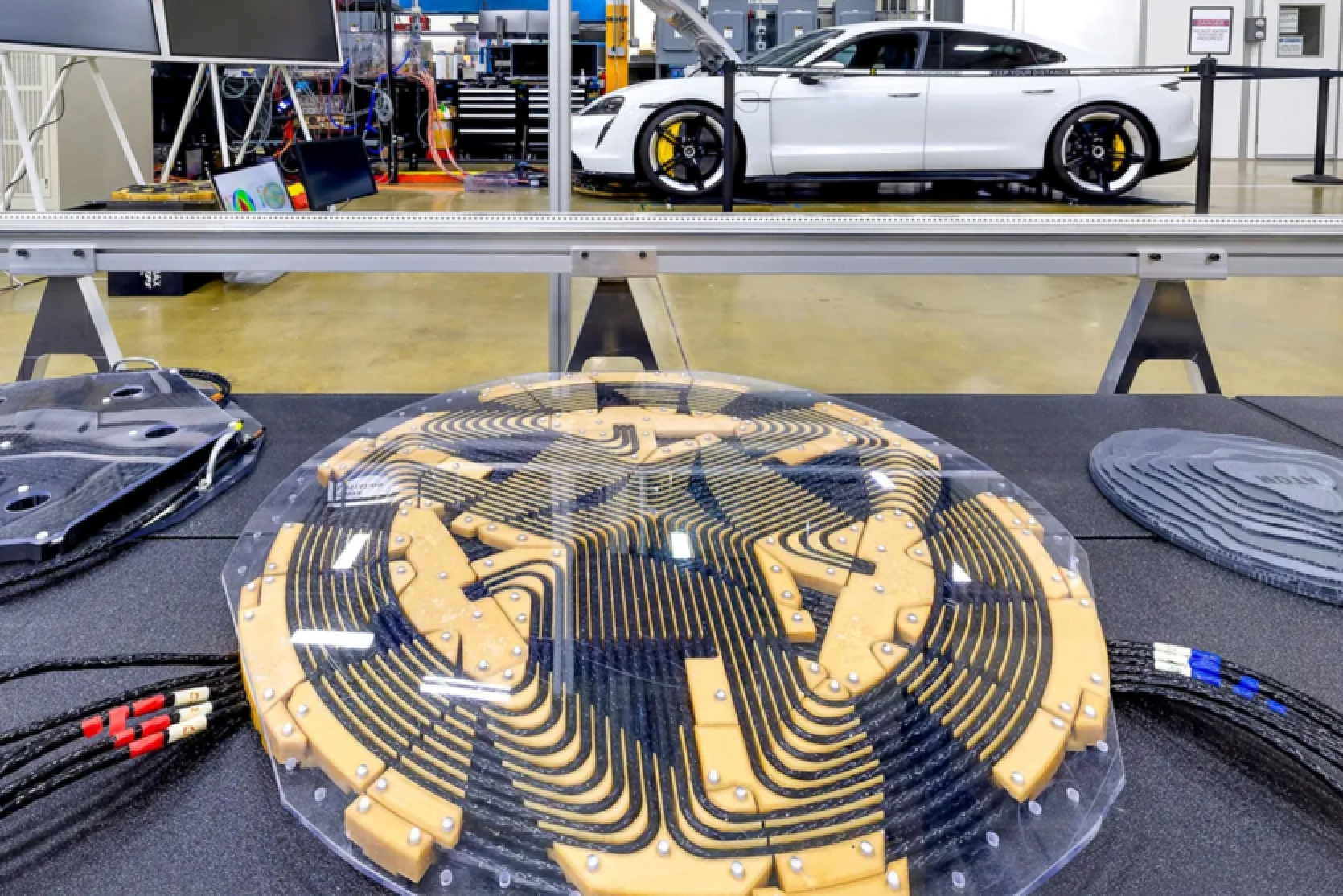


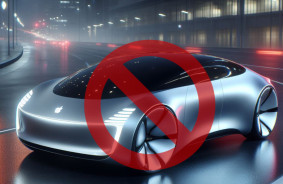
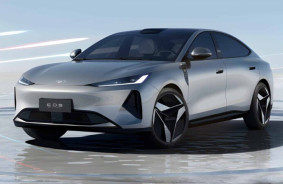
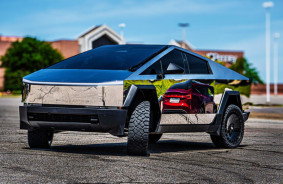
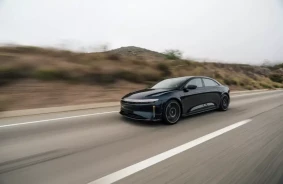

Comments (0)
There are no comments for now